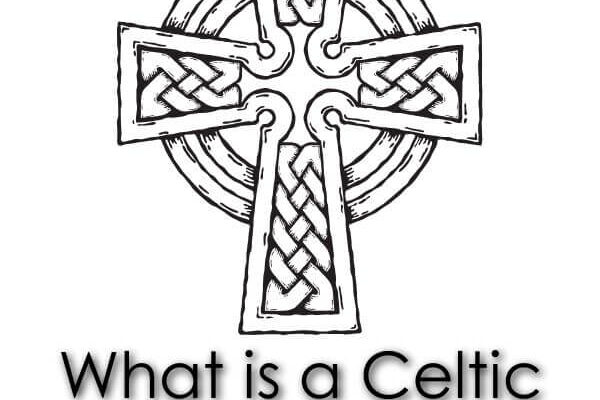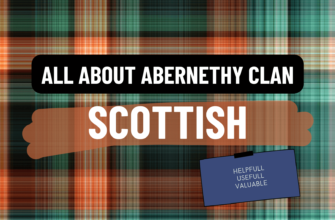
The Celtic Cross is an iconic symbol deeply rooted in Irish and Scottish history. Recognizable for its cross shape and central circular ring, it represents a blend of ancient spiritual beliefs and Christian faith. The Celtic Cross is a lasting emblem of heritage, spirituality, and cultural identity, appearing on ancient monuments, gravestones, and modern jewelry. Although its origins are debated, it remains a powerful symbol of unity, eternity, and a connection to the divine.
- Origins and Evolution of the Celtic Cross
- Pagan Roots of the Celtic Cross
- Christian Influence on the Celtic Cross
- Key Historical Developments:
- The Meaning of the Celtic Cross
- The Circle: A Symbol of Eternity
- Celtic Knotwork: Interwoven Symbolism
- The Celtic Cross in Ireland and Scotland
- The Irish Celtic Cross Tradition
- Scottish Celtic Cross Monuments
- Famous Celtic Cross Sites:
- The Celtic Cross in Spiritual and Modern Practices
- The Celtic Cross as a Protective Symbol
- The Celtic Cross in Meditation and Spirituality
- The Celtic Cross in Modern Culture and Art
- The Celtic Cross in Jewelry and Fashion
- The Celtic Cross as a Tattoo Symbol
- Frequently Asked Questions about the Celtic Cross
Origins and Evolution of the Celtic Cross

Pagan Roots of the Celtic Cross

The earliest Celtic crosses are thought to have originated from pre-Christian Celtic traditions. In these traditions, the cross represented the four cardinal directions, the elements, and the sacred cycle of life. The circular ring surrounding the cross symbolizes the sun or the universe, which is a crucial element of Celtic cosmology. These early crosses were frequently inscribed on standing stones to mark sacred sites and places of spiritual significance.
Christian Influence on the Celtic Cross
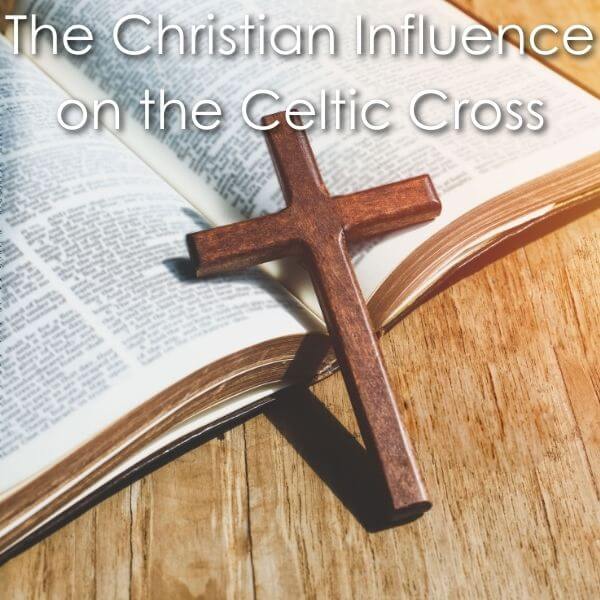
As Christianity spread through Ireland and Scotland, early Christian missionaries integrated existing Celtic symbols into their religious teachings. The cross evolved into a tool for conversion, merging Christian theology with Celtic artistry. The circle, which once symbolized the sun, began to represent eternal life, divine unity, and God’s everlasting love. Over time, intricate knotwork and biblical imagery were added, resulting in the elaborate stone crosses seen at historic sites today.
Key Historical Developments:
- Carved standing stones with early cross symbols.
- Christian adaptation, blending ancient beliefs with biblical narratives.
- Elaborate designs with intricate knotwork and iconography.
The Meaning of the Celtic Cross
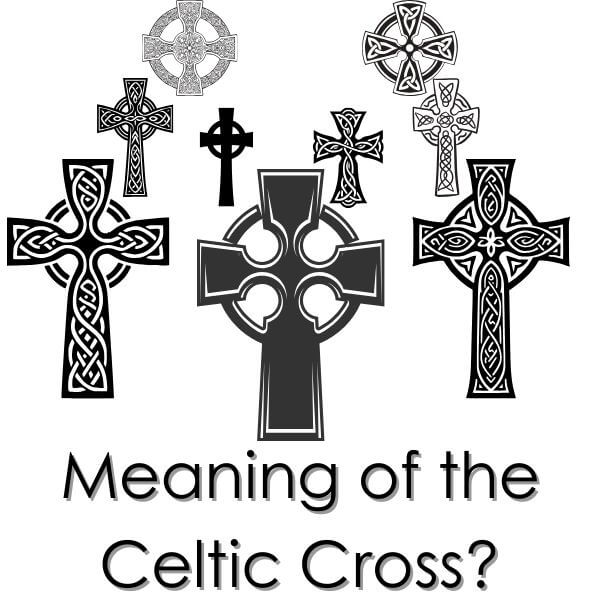
The Celtic Cross carries deep symbolic meaning, blending elements of spirituality, heritage, and eternity. Each feature of the cross conveys a unique significance:
The Circle: A Symbol of Eternity
The most distinctive feature, the ring encircling the arms, has multiple interpretations:
- In Pagan traditions: Represents the sun and the interconnectedness of all things.
- In Christianity: Symbolizes God’s eternal love and the unbreakable bond between heaven and earth.
Celtic Knotwork: Interwoven Symbolism

Many Celtic Crosses feature intricate knotwork, which holds profound meaning:
- Endlessness and continuity: The never-ending lines reflect life’s eternal nature.
- Spiritual unity: Represents the interconnectedness of all existence.
- Protection and guidance: The knots were believed to offer divine protection.
The Celtic Cross in Ireland and Scotland
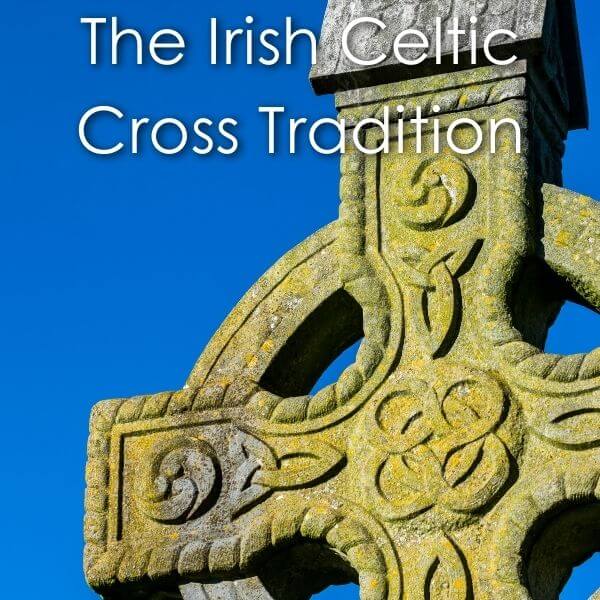
The Celtic Cross is a defining symbol of both Irish and Scottish culture, prominently featured in historical and religious sites.
The Irish Celtic Cross Tradition
In Ireland, Celtic Crosses are highly detailed and intricately carved, often found in monastic sites and ancient burial grounds. These crosses serve as a link between the old and new faiths, honoring both pre-Christian and Christian traditions.
Scottish Celtic Cross Monuments
In Scotland, Celtic Crosses are associated with clan heritage and historical reverence. While similar to Irish crosses, Scottish versions often emphasize bold, geometric designs rather than intricate knotwork.
Famous Celtic Cross Sites:
- Clonmacnoise Monastery, Ireland
- Iona Abbey, Scotland
The Celtic Cross in Spiritual and Modern Practices
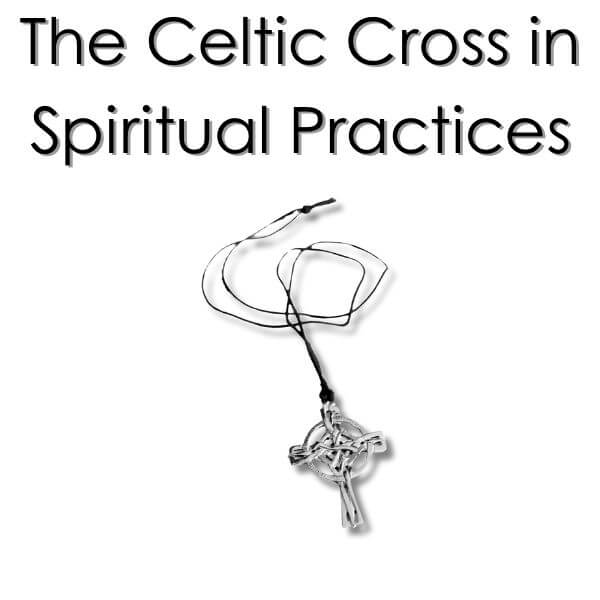
Beyond its historical significance, the Celtic Cross remains a meaningful symbol in modern spirituality and art.
The Celtic Cross as a Protective Symbol
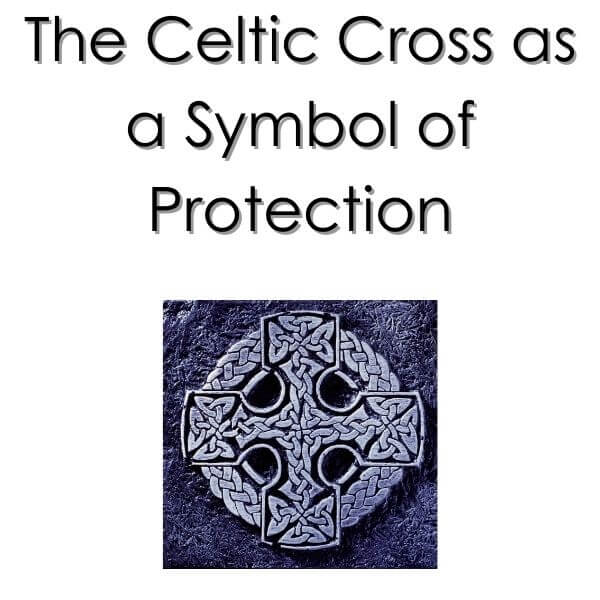
Throughout history, the Celtic Cross was believed to ward off evil and provide guidance. Many people today wear it as a protective amulet, drawing strength from its ancient power.
The Celtic Cross in Meditation and Spirituality
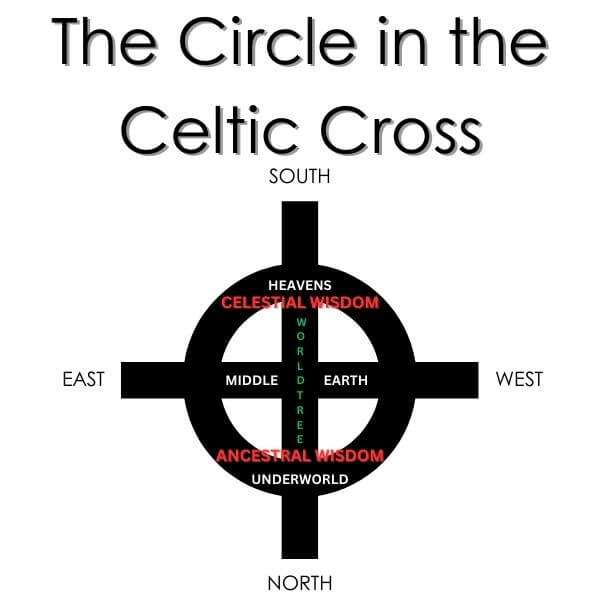
For those practicing meditation and spiritual reflection, the Celtic Cross is a focus point for harmony, balance, and divine connection.
The Celtic Cross in Modern Culture and Art
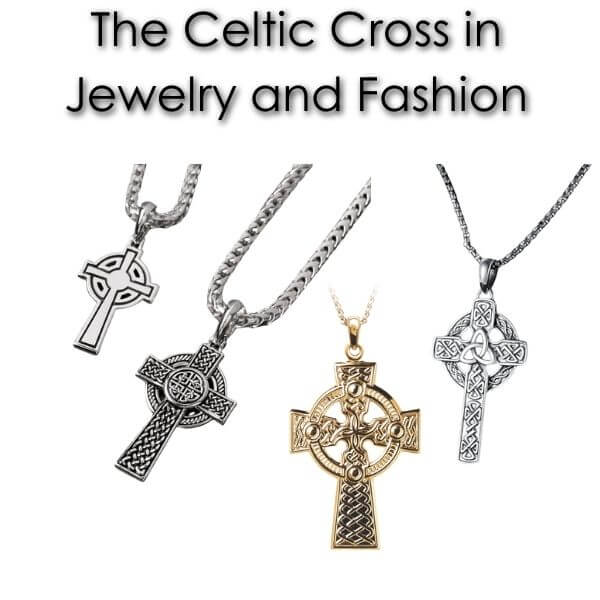
The Celtic Cross continues to inspire modern art, jewelry, and tattoos, symbolizing heritage, faith, and personal meaning.
The Celtic Cross in Jewelry and Fashion
Celtic-inspired jewelry, such as necklaces, rings, and bracelets, incorporates the cross as a tribute to ancestral traditions. These pieces blend ancient symbolism with modern aesthetics, making them cherished tokens of identity.
The Celtic Cross as a Tattoo Symbol
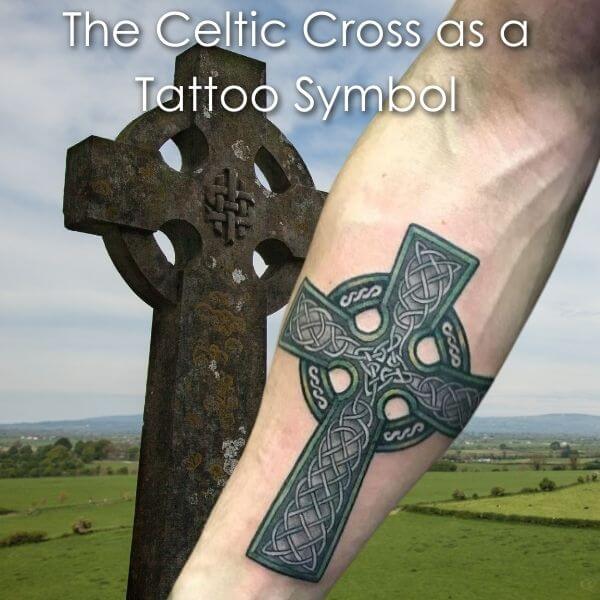
For many, a Celtic Cross tattoo is a personal expression of faith, strength, and cultural pride. Tattoo designs range from simple outlines to elaborate knotwork, each carrying a unique meaning for the wearer.
Frequently Asked Questions about the Celtic Cross
What does the Celtic Cross symbolize?
How do Irish and Scottish Celtic Crosses differ?
What is the significance of the circle in the Celtic Cross?
How is the Celtic Cross used in modern culture?
For a deeper exploration of the history and meaning of the Celtic Cross, visit Celtic Studio.
